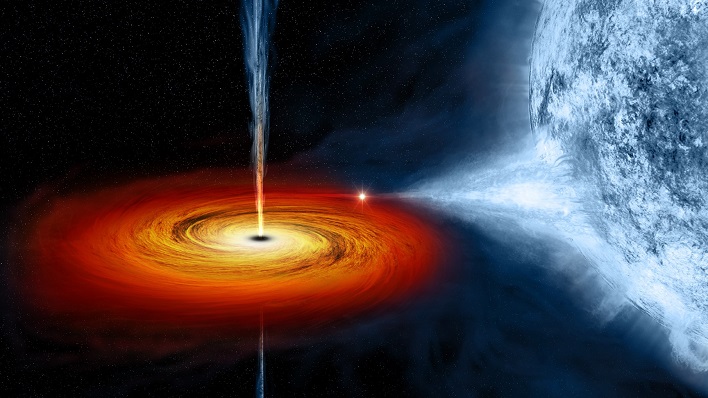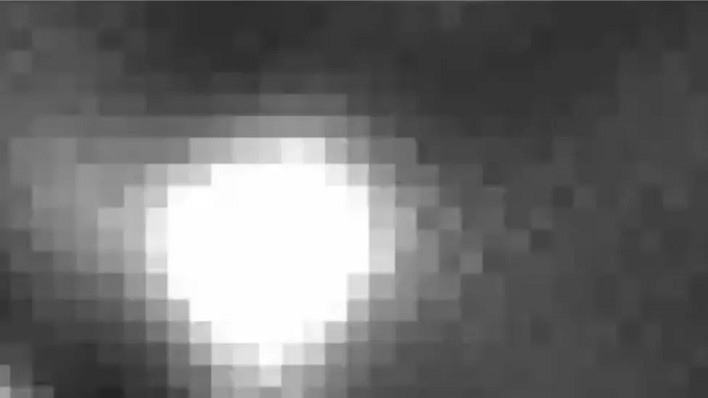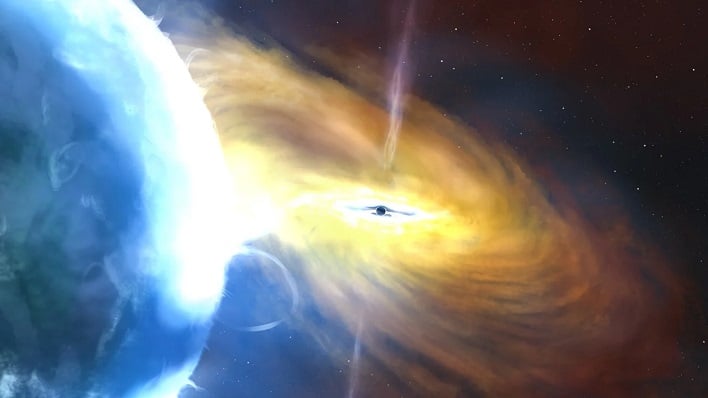That's No Ordinary Fireball, It's The Biggest Cosmic Explosion Astronomers Have Ever Seen

The event was at first thought to be unremarkable, due to the fact there was no indication of how far away the blast occurred and thus it would be impossible to calculate its brightness. However, a team from the University of Southampton decided to analyze the light from the event last year and were able to estimate its distance from Earth to be 8 billion light years away.
"We thought 'Oh my God, this is outrageous,'" explained team lead Dr. Philip Wiseman in a statement. Wiseman added, "We've estimated it's a fireball 100 times the size of the solar system with a brightness about 2 trillion times the sun's."

AT2021lwx took over as the brightest recorded cosmic explosion from gamma-ray burst GRB 221009A. While that event was actually brighter, it only lasted a fraction of the AT2021lwx event, which released more energy overall.
"We came upon this by chance, as it was flagged by our search algorithm when we were searching for a type of supernova," remarked Dr. Wiseman. "Most supernova and tidal disruption events only last for a couple of months before fading away. For something to be bright for two plus years was immediately unusual."

The first thought researchers had as to the cause of the bright light was the result of a black hole consuming a passing star. However, models indicated that the black hole would have had to swallow up 15 times the mass of our Sun in order to maintain its brightness for so long.
"Encountering such a huge star is very rare, so we think a much larger cloud of gas is more likely. Many holes are surrounded by gas and dust and we are still trying to work out why this particular black hole started feeding so vigorously and so suddenly," explained Dr. Matt Nicholl, co-author of the study published in Oxford Academic.
The team is continuing to collect data and study AT2021lwx using different wavelengths, such as X-rays. They hope to be able to determine the object's temperature and what might possibly be occurring at the surface level of the event.

